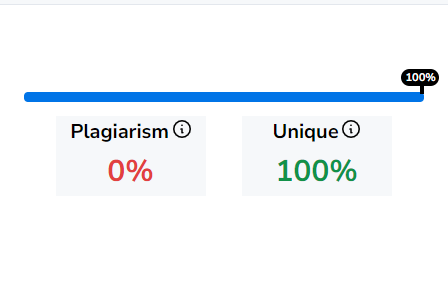Inside the Realm of Crypto Art: How It Works and What Drives Its Value
New creative processes, new artistic frameworks and new approaches to appreciating and consuming art. Our lives have undergone a veritable revolution as a result of technology, and art is yet another field that has fallen victim to its allure and limitless potential. But is it possible to create a digital work that is original?
Yes, if we consider Blockchain and cryptography.
The topic of authenticity and individuality of each artwork may come up while discussing digital worlds and art. The same issues affect artists, art buyers and collectors of all types of digital assets: is this work genuine, is it unique, are there copies of a particular digital work?
Digital art and its value
In addition, this new artistic stream moves a significant amount of money. News emerged in 2021 that digital artist Beeple had achieved global fame after his piece “Everyday’s – The First 5000 Days” sold for $69.3 million. It was then the third most expensive work of contemporary art ever sold at Christie’s auction.
Not all digital works have the same impact, but this turning point established this industry. Customers who are very aware of cryptocurrency tend to buy these pieces since they can start amassing a collection of exciting items for much less than Beeple’s work costs. Without having to venture into more traditional and possibly more exclusive art and collectibles circles, you can find interesting pieces for under €600.
Following closely on this collaboration between blockchain and crypto-art, Telefónica unveiled a collection of 114 NFTs in 2022 that were linked to 114 original digital artworks created by chef Ferran Adrià that traced the historical evolution of food.
What is Crypto-Art?
This is a modern art style that produces distinctive digital content using new technology. They are not just examples. This category includes works in other media, including poems, music, videos and tweets. And the number of them together can exceed a million.
For example, the first tweet on the platform sold for more than two million dollars at auction, and in the music industry, DJ 3LAU sold the first crypto album for more than 11.6 million euros in 2021, starting a trend that other musicians like Kings of Leon, Grimes and Shawn Mendes has since continued.
The term “cryptoart”, also known as “cryptoart” or “digital art”, refers to the use of the Non Fungible Token (NFT) technology to link each artwork or artistic endeavor to a cryptocurrency, and you can exchange it too, just like you can exchange cryptocurrency for cash.
These NFTs are cryptographically-based digital assets that guarantee both authorship and ownership of each work, while also certifying that each piece is unique and cannot be repeated. This provides security for each transaction made with each work, as well as the ability to perform a trace if necessary (for example, in case of theft or fraud).
Crypto art and Blockchain
Each artwork has a digital certificate of authenticity linked to it using NFTs, which will always and immutably accompany it. There is no way this data can be altered or changed. How is that even possible? using blockchain technology.
Using blockchain technology, all data associated with (in this case, a specific work of art) is stored in a database. However, it has one feature that sets it apart from other databases: it is a shared, decentralized database that operates independently of institutions or intermediaries, creates a single record, and then produces synchronized copies that prevent data manipulation.
That is where blockchain’s strength as a security tool rests. Therefore, regardless of whether a digital artwork can be copied, distributed globally or shared on social media, both the creator and the owner are aware of the original work.
The TFN of the second copy can never be the same as the TFN of the original work, even if a copy of the original was made and validated with a TFN. As a result, collectors gravitate more and more towards this type of artwork.
Security for the collectors
The integration of crypto-art and blockchain has been seen by the collector market and the digital art industry as an exciting area to advance.
Digital art already has a place in collecting, and both investors and collectors see it as a wise investment. This has already been achieved, and quite successfully, by Christie’s and the aforementioned Sotheby’s.
The novelty of the market and the security guarantee provided by blockchain technology are essential for this activity as well as for collectors, many of whom are already accustomed to the level of security offered by tokens in the financial sector: authentication, tracking and traceability, giving creators control over their works and owners the security of knowing that they are in possession of the original piece, free of counterfeits, and in case of theft, traceability.
Cyber fraud
It is true that cybercriminals can attack every part of the virtual world. Cybercriminals can also engage in virtual collection. Due to the growth of this market, which is full of unique and expensive items, social engineering scams are often used. The goal is to collect personal information to access the wallets where digital assets are stored, and treat them as currency.
The combination of blockchain technology and crypto-art provides a very bright future for both the collection market and the producers themselves.



